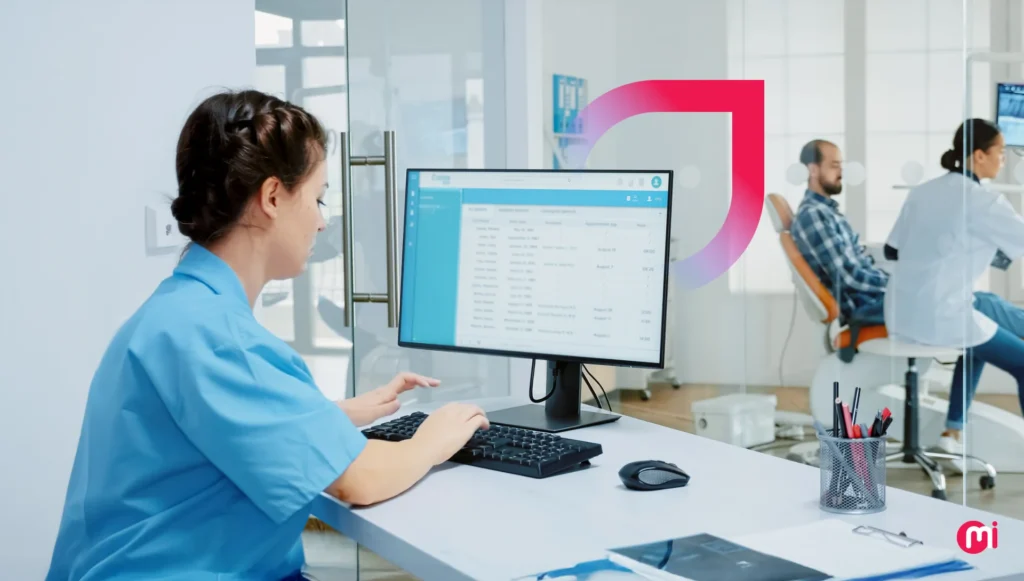In the realm of healthcare, efficiency is key, with every moment holding the potential to make a life-changing impact. Hospitals and clinics are under constant pressure to deliver exceptional care while managing complex operations. Yet, the presence of disparate systems, manual processes, and isolated data can drain resources and impede crucial decision-making.
Enter Enterprise Resource Planning (ERP) in healthcare, a strategic backbone for modern healthcare providers. This integrated system connects patient management, inventory, human resources, and compliance into a cohesive platform. By implementing ERP, healthcare teams can streamline operations, reduce errors, and focus more on delivering high-quality patient care.
The implementation of ERP in healthcare not only enhances back-office efficiency but also revolutionizes care delivery. By optimizing workflows and providing staff with real-time information, ERP creates a healthcare ecosystem that yields better outcomes for all involved.
ERP in healthcare refers to a system that integrates and manages various business and clinical processes within a healthcare organization on a single software platform. Unlike standalone systems, ERP connects functions such as patient scheduling, billing, electronic health records, inventory, human resources, and compliance.
The benefits of ERP in healthcare are significant, including streamlined operations, improved patient care, integrated data management, reduced medical errors, cost savings, enhanced resource allocation, and robust security. These benefits empower healthcare organizations to operate more efficiently, comply with regulations, and prioritize patient care.
There are different types of ERP systems in healthcare, including on-premise, cloud-based, and hybrid models. Each type offers unique benefits to healthcare organizations, depending on their size, complexity, and specific needs.
ERP systems in healthcare play a crucial role in centralized data management, streamlining administrative workflows, enhancing financial operations, managing inventory and supply chains, ensuring regulatory compliance and reporting, optimizing human resources, and providing data analytics and decision support.
Modern healthcare ERP systems come equipped with essential features such as patient data management, EMR/EHR integration, business intelligence, clinical documentation, data analytics and dashboards, robust security and access controls, automation, and cloud-based ERP. These features help healthcare organizations operate efficiently and deliver quality care.
The process of successfully implementing ERP in healthcare requires careful planning, the right software selection, data migration, system integration, staff training, security measures, and continuous monitoring and optimization. By following a structured approach, healthcare organizations can ensure a smooth transition to ERP systems.
The cost of building ERP software for the healthcare industry typically ranges from $60,000 to $300,000 or more, depending on various factors such as organizational size, feature complexity, and customization requirements. Small to mid-sized healthcare providers usually invest between $40,000 to $200,000+, while larger enterprises may spend $500,000 or more on a fully tailored system.
The future of ERP in the healthcare industry is expected to bring more automation, smarter AI tools, cloud-first systems, and a greater focus on patient needs. ERP platforms are evolving to meet the demands of modern healthcare, helping organizations operate more efficiently, deliver better care, and stay compliant with regulations.
In conclusion, ERP systems are the unsung heroes of modern healthcare, enabling hospitals and clinics to navigate complex processes, access critical information, and create a solid foundation for compassionate care. As healthcare organizations embrace ERP, they are not just investing in operational efficiency but also building a stronger framework for trust, compassion, and improved outcomes. The future looks bright as ERP continues to shape the landscape of healthcare.

